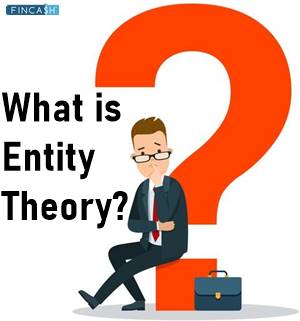
Table of Contents
What is Random Walk Theory?
The theory of random walk proposes that changes in the prices of stock have a similar distribution and are generally independent of each other. Thus, it assumes that previous trends or movements of a certain Market or stock price cannot be used to forecast future movements.

In simple words, the Random Walk Theory suggests that stocks take unpredictable and random paths that leave every prediction method futile in the long-time.
Explaining Random Walk Theory
Random walk theory believes that it is impossible to outperform the stock market without assuming extra risk. It thinks Technical Analysis is undependable as chartists only purchase or sell a security once an established trend is developed.
Similarly, the theory discovers fundamental analysis to be undependable because of the poor quality of information amassed and its aptitude to be misunderstood. The critics of this theory state that the stocks maintain price trends over a period of time.
In other words, it is absolutely possible to outperform the stock market by cautiously choosing entry and exit points for the investments in equity. Back in 1973, this theory raised a lot of eyebrows when Burton Malkiel – an author – who coined this term in his work “A Random Walk Down Wall Street.”
The book promoted the concept of Efficient Market Hypothesis (EMH). This hypothesis says that stock prices completely reflect all of the available expectations and information; thus, current prices are an appropriate approximation of the Intrinsic Value of a company.
Talk to our investment specialist
Random Walk Theory Example
The most acknowledged example of random walk theory took place in 1988 when the Wall Street Journal decided to test Malkiel's theory by developing an annual Wall Street Journal Dartboard Contest, opposing investors against darts for the supremacy of stock-picking.
The staff members of the Wall Street Journal played the role of monkeys throwing a dart. After conducting 140+ contests, the Wall Street Journal concluded that the dart throwers managed to win 55 contests and experts got 87 wins.
Once the results were declared, Malkiel said that experts' picks got advantages from the publicity jump in the stock prices that is likely to occur when experts recommend something. On the other hand, passive management supports claimed that as the experts only managed to beat the market half the time, investors should invest in Passive Funds with lower management fees.
All efforts have been made to ensure the information provided here is accurate. However, no guarantees are made regarding correctness of data. Please verify with scheme information document before making any investment.












